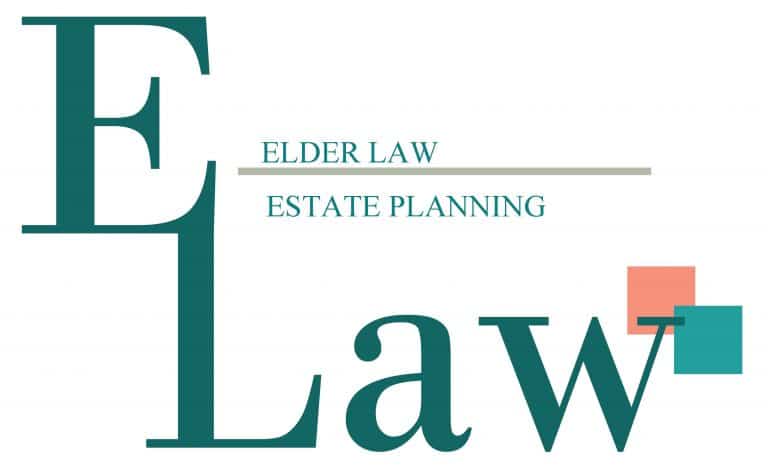Most of us don’t realize how much of our life is lived online, from streaming services and banking to apps to monitor our front door. All of these online accounts are digital assets and need to be included in estate plans, says a recent article, “Estate planning and online accounts,” from American Legion.
Start by making a complete list of your online accounts and information about each account. Your list should include a username, password, account number, and a description of what each account includes. If you change passwords frequently, as recommended by cybersecurity experts, you’ll need to update your inventory every time.
Digital assets fall into four major types: personal, business, financial, and social media. Personal accounts, including emails, photos, videos, music, and apps used on smartphones or tablets. This information is typically backed up on a computer hard drive or cloud-based storage account.
Financial assets include savings and checking, retirement, investment, utility, shopping, and frequent flyer accounts. If you do banking or investing online or own cryptocurrency, you’ll want to include these accounts.
Business-related accounts include intellectual property, websites or blogs, written work, photos, videos, musical compositions, and software. If your side gig includes selling items on eBay, Esty, or similar websites, this information must also be included in your digital asset inventory.
Social media accounts include well-known platforms like Facebook, LinkedIn, Twitter, Snapchat, WhatsApp, and any other platform where you are actively engaged. Gaming sites, e-sports, and gambling sites should also be included.
Storage and protection are the second part of a digital estate plan. This involves saving the list and backing up important files and account information. The inventory must be secured, as it could easily be used to access your identity and steal your entire online life. The inventory can be as simple as a list on a pad of paper, stored securely. If it is stored digitally, make sure it is encrypted. There are programs to store and encrypt passwords. However, they are only as good as the software used to create them.
Saving the information on a desktop, laptop, or tablet is risky since these devices are hacked, and contents are often compromised. An external thumb drive might work. However, what if it was lost?
Select a digital executor and discuss your digital assets with them. Many states have now passed laws governing digital assets. Speak with an experienced estate planning attorney to learn if yours is among them. On some platforms, the executor must have been named as a legacy contact before they are legally permitted to access the digital asset. In many cases, having the user’s name and password doesn’t give the executor a legal right to access the accounts according to the Terms of Service Agreement (TOSA) between the user and the platform.
Your estate plan should include a letter of instruction to the digital executor to tell them precisely what you wish to happen to your online accounts and digital assets. It should include recommendations for distributing various accounts, assets, files, and information to heirs. It may be needed to prove your wishes or directives for digital assets if there should be a challenge to the executor.
Digital estate planning is a new and changing area of the law. Making provisions for your digital estate will make it possible for your executor to protect your digital assets as much as a traditional estate plan protects traditional, tangible property.
Reference: American Legion (Dec. 13, 2022) “Estate planning and online accounts.”



